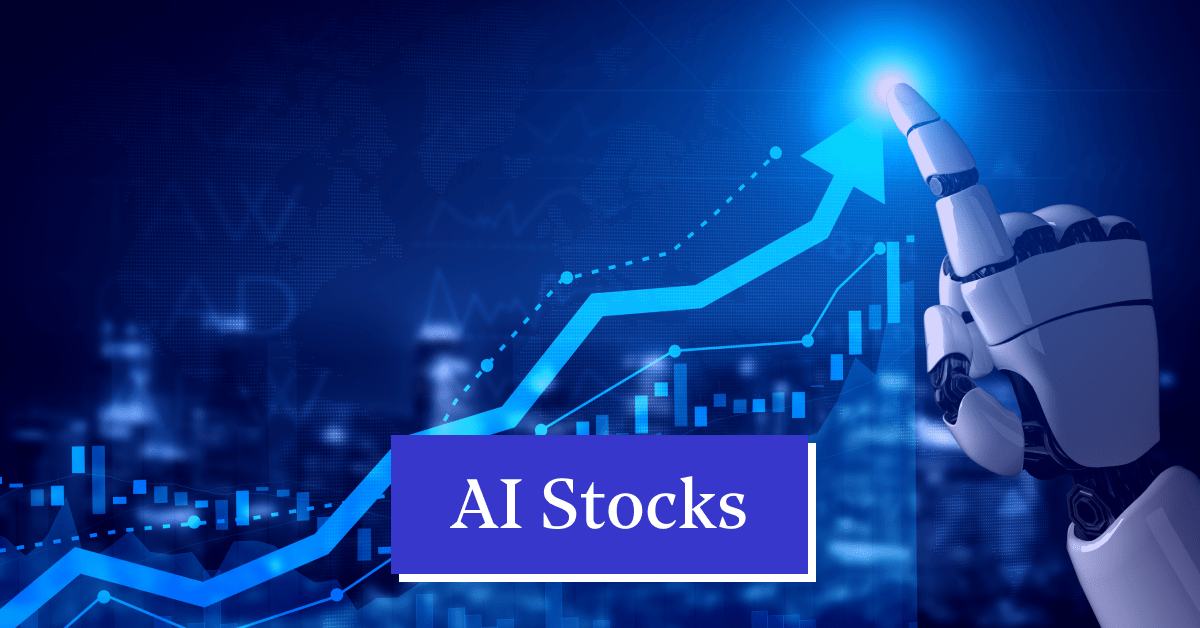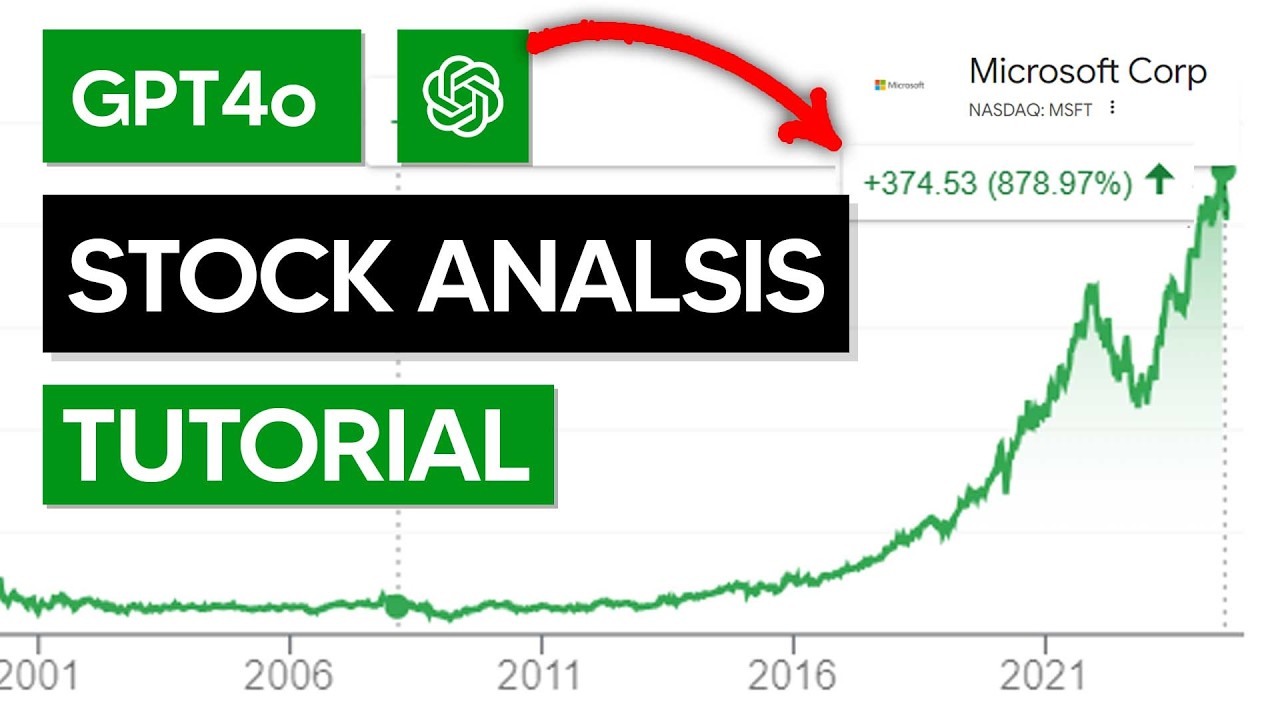20 Good Reasons For Choosing AI Stock {Investing|Trading|Prediction|Analysis) Sites
20 Good Reasons For Choosing AI Stock {Investing|Trading|Prediction|Analysis) Sites
Blog Article
Top 10 Tips To Assess Market Coverage Using Ai Stock Predicting Or Analyzing Trading Platforms
The coverage of markets on trading platforms for AI analysis of stocks is vital as it determines the markets and assets you have access to. A platform that has extensive market coverage will allow you to diversify your portfolio, explore new opportunities around the world, and adjust to different trading strategies. Here are 10 tips on how to evaluate the coverage of the platforms.
1. Evaluate Supported Asset Classes
Stocks: Make sure the platform covers major stock exchanges (e.g., NYSE, NASDAQ, LSE, HKEX) and includes small-cap, mid-cap, and large-cap stocks.
ETFs Make sure the platform lets you pick from a variety of ETFs. This will give you diversified exposure.
Options and Futures: Find out if the platform supports derivatives such as options futures, options and other leveraged products.
Forex and commodities: Determine if the platform supports the forex pair, precious metals, agricultural products, energy commodities, and other commodities.
Cryptocurrencies. Check if it supports the major altcoins and cryptocurrencies (e.g. Bitcoin, Ethereum).
2. Check the Geographic Coverage
Global markets: Ensure that the platform has major markets in the world like North America, Europe and Asia-Pacific.
Regional focus: Find out if the platform is focused on particular regions or market segments which match your trading preferences.
Local exchanges. Check if the platform allows for local or region exchanges, relevant to your geographic location or business strategy.
3. Assess Real-Time vs. Delayed data
Real-time Market Data: The platform needs to provide real-time trading data to facilitate quick decision-making.
Delayed data - Check whether delayed data is available for free or is available at a lower price. This could be enough for investors looking to invest for the long run.
Latency of data. Examine whether the platform minimizes the time it takes to process real-time feeds particularly when it comes to high-frequency trading.
4. Evaluate Historical Data Availability
Historical data depth: Ensure the platform offers extensive historical data (e.g. 10, more than 10 years) to backtest and analyze.
Check the level of granularity in historical data.
Corporate actions: Verify that the data from the past takes into consideration stock splits (if appropriate), dividends, and any other corporate actions.
5. Verify the Order Book and Market Depth Information
Platforms must provide Level 2 Data (order-book depth) to help improve price search and execution.
Spreads of bids: Make sure that the platform shows real-time bid-ask spreads to ensure exact price.
Volume data: Verify if the platform provides extensive volume data that can be used to analyze market and liquidity.
6. Assess Coverage of Indices and Sectors
Major indices: Make sure the platform is able to handle major indices (e.g., S&P 500, NASDAQ 100, FTSE 100) for benchmarking purposes and index-based strategies.
Data from specific sectors: To perform a specific analysis, check whether the platform includes data from specific industries (e.g. health care, technology, etc.).
Customized indices. See if it is possible to build or track custom indices based on your own criteria.
7. Test the Integration of News and Sentiment Data
News feeds: Make sure that the platform is able to provide real-time feeds of news from reliable sources, like Bloomberg and Reuters in the case of market-moving events.
Sentiment Analysis: Verify whether the platform provides tools for analyzing sentiment that are based on news, social media or other data sources.
Event-driven Strategies: Verify whether the platform can support strategies that are triggered by events (e.g. economic reports, earnings announcements).
8. Verify Multi-Market Trading Capabilities
Cross-markets trading: The system should allow trading in multiple markets or asset classes using a single user interface.
Currency conversion Check to see if you can convert currencies automatically for international trades and also if you have accounts that support multi-currency transactions.
Support for time zones: Check that your platform supports the ability to trade in different time zones.
9. Review Alternative Data Sources
Look for other data sources.
ESG data: Verify whether the platform has environmental as well as social and governance (ESG) data for socially responsible investing.
Macroeconomics data: for a more an analysis of fundamentals, make sure the platform has macroeconomic indicators, such as GDP (gross domestic product) inflation rates, GDP and interest rates.
Review Market Reputation and User Feedback
User reviews: Examine user reviews to assess the platform's market coverage Usability, reliability, and coverage.
Examine the platform's reputation. This includes awards and acknowledgement from experts in the field.
Look for testimonials that demonstrate the effectiveness of the platform in particular markets and asset classes.
Bonus Tips
Trial period - You can use the free demo or trial to test out the data coverage and market coverage.
API access: Ensure that the API on the platform allows you to programmatically access market data for custom analysis.
Customer support: Ensure the platform is able to assist you with any market-related queries or issues with data.
These tips will help you assess the market coverage offered by AI trading platforms which predict or analyze the prices of stocks. So you'll be able to choose the platform which provides you with the data and markets you require for successful trading. You can broaden your portfolio and profit from new opportunities with the help of comprehensive market coverage. Take a look at the best ai stock picks advice for site info including ai stock trading, incite ai, trader ai app, ai trading tools, ai stock, stock analysis tool, chart analysis ai, ai stock trading app, chatgpt copyright, ai stock picks and more.
Top 10 Tips To Evaluate The Updates And Maintenance Of Ai Stock Predicting/Analyzing Trading Platforms
To ensure that AI-powered platform for stock trading and prediction remain secure and efficient they should be maintained and regularly updated. Here are 10 top suggestions for evaluating their updating and maintenance practices.
1. Updates will be made frequently
Find out the frequency of your platform's updates (e.g. weekly, monthly or even quarterly).
Why? Regular updates demonstrate an active and receptiveness to market trends.
2. Transparency in Release Notes
Tip: Review the release notes for the platform to understand what improvements or changes are being made.
Why: Transparent Release Notes show the platform's commitment to continuous improvement.
3. AI Model Retraining Schedule
Tip - Ask how often AI models are retrained based on new data.
The reason: Markets change, and models must adapt to ensure accuracy and relevance.
4. Correction of bugs and issues
Tip: Find out how fast the platform responds to problems or bugs users submit.
Why? Prompt fix for bugs will ensure the platform remains efficient and secure.
5. Security Updates
Tips: Make sure that the website is regularly changing its security procedures in order to secure the user's data as well as trading activities.
Cybersecurity is essential in financial platforms to prevent theft and fraud.
6. Integration of New Features
Tips: Check whether there are any new features that are being introduced by the platform (e.g. advanced analytics and data sources.) in reaction to feedback from users or market trends.
Why: Feature updates demonstrate creativity and responsiveness to user demands.
7. Backward compatibility
Check to ensure that updates will not affect existing functionality or necessitate significant reconfiguration.
Why is this: Backwards compatibility allows for users with a smooth experience through transitions.
8. Communication With Users During Maintenance
Learn how your platform alerts users of scheduled maintenance and downtime.
Clare communication reduces disruptions, and builds trust.
9. Performance Monitoring and Optimization
Tips - Make sure that the platform continuously monitors the performance metrics (e.g. precision, latency) and improves the performance of systems.
Why constant optimization is important: It makes sure that the platform is effective and expandable.
10. Compliance with Regulatory Changes
Tip: See whether your platform is up-to-date with the most recent technologies, policies and laws pertaining to data privacy or any new financial regulations.
Why: Compliance with regulatory requirements is essential to ensure confidence in the user and reduce legal risk.
Bonus Tip! User Feedback is incorporated into the program.
Make sure that the platform is active in incorporating feedback from users into updates and maintenance. This shows an approach that is based on feedback from users and a desire to improve.
By evaluating all of these factors, it is possible to ensure that you are sure that the AI stock trading platform you choose has been maintained properly. It should also be up-to-date and adaptable to changes in market dynamics. Check out the best right here for chart analysis ai for website tips including ai stock trading bot free, ai trading platform, copyright financial advisor, ai hedge fund outperforms market, best stock analysis website, ai investment app, free ai tool for stock market india, free ai trading bot, best ai stock trading bot free, stock ai and more.